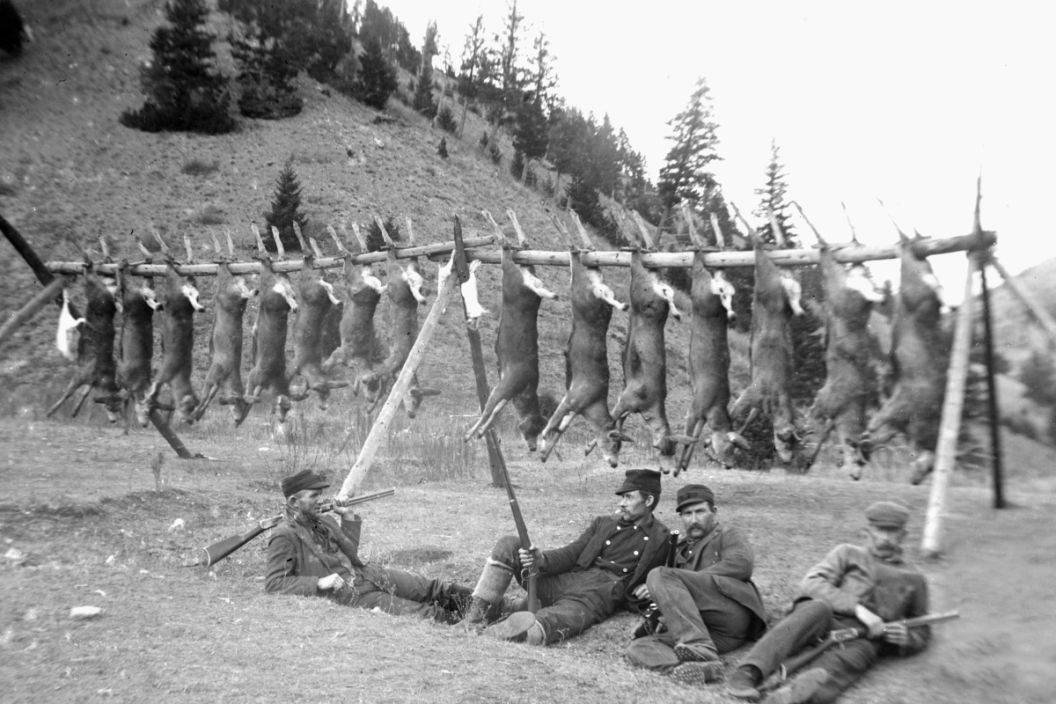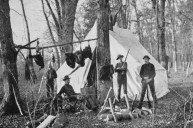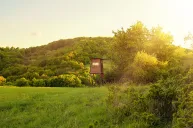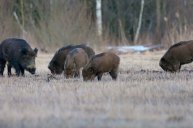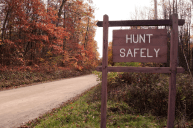Overhunting nearly decimated many favorite game species popular today.
In the twenty-first century, it's easy to take conservation and our game animals for granted. After all, there's an abundance of deer, elk, bears, turkeys, ducks, geese, pheasants and more in many states these days.
It's easy to forget that conservation in the United States has a dark history and that many popular game animals were nearly hunted to extinction in the 19th and early 20th centuries.
Over-hunting directly led to the creation of things like the U.S. Fish and Wildlife Service, and the many state wildlife agencies that enforce our hunting and fishing laws today. For us to move forward and think about the future of hunting, fishing, and the conservation of our wild areas, it's important to remember the past.
We'll take a closer look at how many of our favorite animals were nearly wiped off this planet because we didn't stop to think of the consequences. And most importantly, we'll investigate how we can use those mistakes as lessons going forward.
America before game laws

Topical Press Agency/Stringer/Getty
The history of wild game in the United States is deeply tied to the settling of Europeans from the mid-1600s onward. Many Native Americans hunted and fished for sustenance, of course, but it was the sudden influx of new explorers that first started creating issues for many game animals. It was simply too many people all at once, and many animal populations started getting hunted out faster than they could reproduce.
The National Wild Turkey Federation notes that the first settlers in New England in the 1600s and 1700s started hunting wild turkeys heavily to feed a growing population and new colony. Because there were no hunting seasons in place, people harvested the birds all year-round. And with no bag limits, what happened next was inevitable.
The NWFT notes wild turkeys disappeared from Connecticut as early as 1813. Over the next hundred years, the population of the United States steadily declined, and by the time the early 1900s rolled around, turkeys were either extremely rare or extinct in many states.
It was a nearly identical story for the eastern elk, a subspecies of elk that once widely roamed many states east of the Mississippi River as far north as Michigan and as far south as the Carolinas. Unfortunately, as these areas were settled, the elk were harvested for food. They started to vanish from the eastern states in the late 1700s. Today, biologists believe the last living eastern elk was shot in Pennsylvania in 1877.
It's not just the eastern states that hunted animals into oblivion. The Merriam's elk, another subspecies that lived mostly in the high desert areas of Texas, New Mexico, and Arizona, went extinct around 1906, once again mostly due to overhunting.
Market hunting was incredibly lucrative in the early 1800s, and with no game laws to dictate how many animals could be harvested, people went overboard. This ended up being the major downfall of the American bison, which used to range as far east as the Carolinas. Unfortunately for the bison, they were valued for both their meat and hide. As a result, they were slaughtered to near extinction. Hunters in those days were not thinking about sustainability.
One of the most noted bison hunters ever, William F. Cody, aka: "Buffalo Bill," killed literally thousands of them in 1867 after being hired to shoot bison to provide meals for workers on the Union Pacific Railroad. Historians have estimated he may have shot as many as 4,000 in a single eight-month span all by himself. He wasn't the only one who was shooting bison as their main means of making a living. After you consider what market hunters did back then, it's nothing short of a miracle that we still have bison in North America.
Another notable practice of market hunters was the use of punt guns. They were ridiculously huge muzzleloading shotguns, nearly ten feet in length, that were specifically designed to take out up to 100 ducks or geese at once. The use of these guns allowed market hunters to harvest more waterfowl with a single shot. Boone and Crockett Club has an informative piece on the history of these guns. In it, they note that while many states started making regulations on their use, it wasn't until Congressman John F. Lacey began to voice his concerns that things got serious. We'll share more on that later.
Lessons learned from overhunting
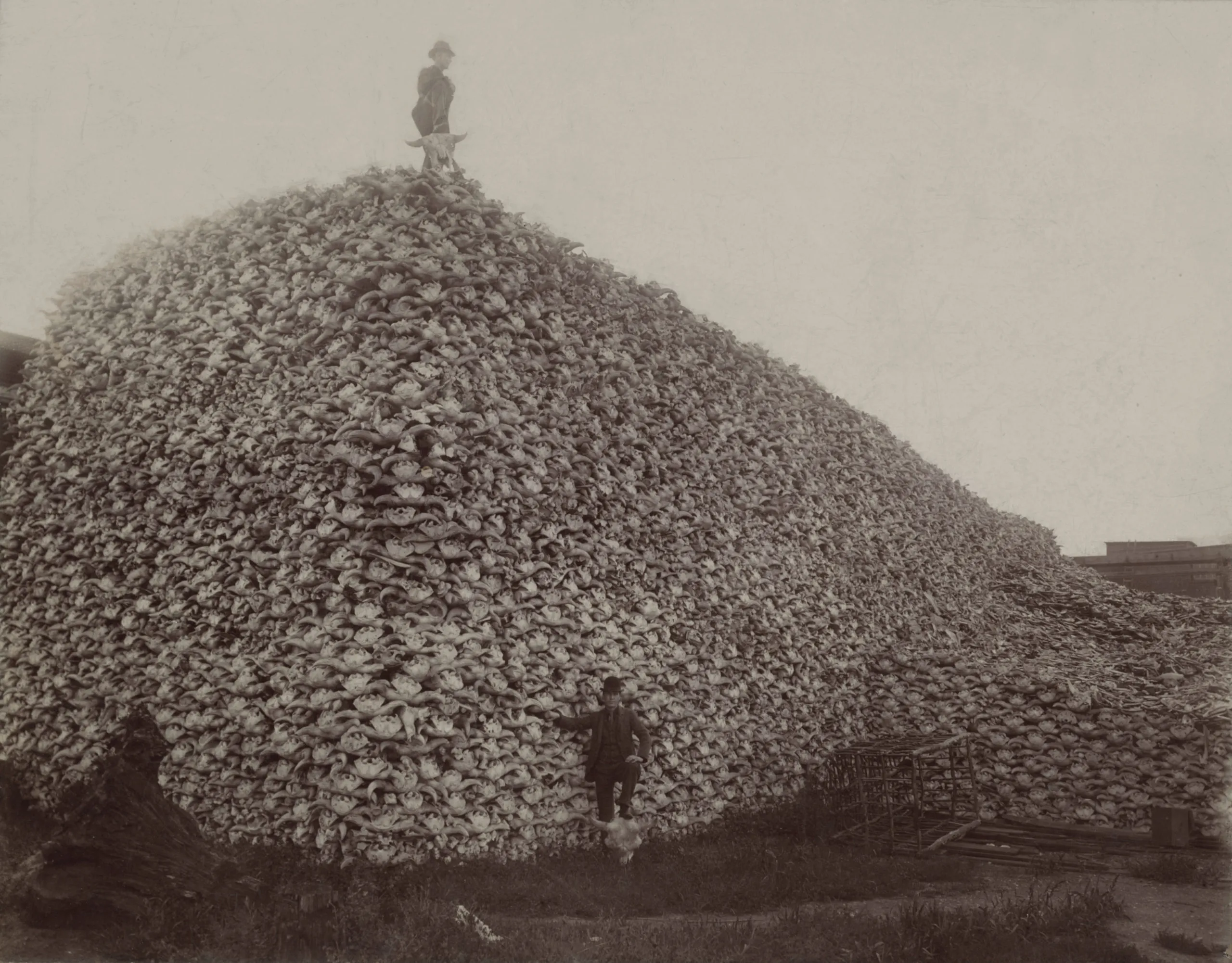
Wikimedia Commons: Author Unknown
The examples we've cited here show just how quickly precious natural resources can be depleted if not properly regulated. It was basically a free-for-all in the early days of the United States. We're fortunate a handful of conservationists spoke up before it was too late. It may be hard for us to fathom now, but there was a time when there were almost no deer hunting seasons, simply because there were none around!
According to Penn State University, there were only around 500,000 whitetail deer living in the continental U.S. in 1900. Some states didn't have their first established seasons for another 40 or 50 years. That's a lifetime for some! For instance, Indiana's deer population was completely eradicated by 1893. They were not re-introduced to the state until the 1930s and 40s. The first real hunting season wasn't held until 1951. It only lasted three days and hunters had a success rate of just 13 percent.
It was a similar story in Ohio, where a season did not officially start until 1943. If you're up on your big buck history, that was approximately three years after the famous "Hole-in-the-Horn" buck was found dead. That means that deer wasn't even legal to hunt when it was alive! Another astonishing fact is that Ohio didn't permit hunting in all 88 counties until 1979, which truthfully is not that long ago. It's wild to think how far this species has rebounded.
A more recent success story is the wild turkey which, as we noted, was eradicated from many states before trap and transport programs were developed to help re-establish wild populations. This is one species where the results of conservation are observable in more recent times.
The NWTF says there were only about 3.5 million wild turkeys nationwide in 1990. Today, there are more than seven million. I've noticed the increase in numbers here in my home state of Michigan. I honestly cannot recall seeing any as a kid growing up in the 90s, but today I see them everywhere.
Remember how we mentioned the market hunters using punt guns earlier? It's worth noting that commercial hunting was illegal for many species in the U.S. by around 1900, when Iowa Republican Representative John F. Lacey realized there needed to be something more to deter the illegal trade of wildlife. He subsequently introduced the Lacey Act of 1900 to Congress, which was later made law when signed by then-President McKinley.
The Lacey Act was vital because it made it "unlawful to import, export, sell, acquire, or purchase fish, wildlife, or plants that are taken, possessed, transported or sold." It was the first federal wildlife protection law, and it worked in cracking down on the illegal commercial hunting trade. It did this mostly by prohibiting the transporting or selling of illegally-harvested game across state lines.
We found it interesting that Boone and Crockett's piece has a little bit of insight from a 1941 Department of the Interior press release featuring noted market hunter Captain Theodore Johnson, who harvested upwards of 10,000 birds a year between the years of 1902 and 1911. One time he killed 1,000 waterfowl in a single week, which were sold for approximately $2.40 a dozen.
However, years later, Johnson had time to reflect on what he and other market hunters had done. A good day for Johnson would produce 140 to 150 birds. When you consider there were probably hundreds or even thousands of hunters doing the same, it doesn't take a rocket scientist to figure out that's not sustainable. Which is why that old press release is so cool to see, because it seems the old market hunter learned a valuable lesson about natural resources once he saw waterfowl numbers rebounding.
"But mark my word for it," Johnson said in the release. "It's a darn good thing the Federal Government started regulatin' the bag limits and seasons, or else there wouldn't be many ducks and geese left to look at today. We were shootin' em off so fast the birds didn't have a chance. But with the refuges and the laws, they're comin' back now."
We're glad Johnson eventually saw the light. However, his story also demonstrates that many people simply weren't thinking about sustainability, or the future of many species when they took animals with reckless abandon. Many didn't realize their true impact until it was too late.
Like it or not, we humans have an impact on our planet and the different species we interact with. There's no arguing that laws and regulations saved many species that had been teetering on the brink due to overhunting.
We will likely never see bison return to the population numbers of yesteryear, mostly because the large, lumbering animals wouldn't be a good fit in many of the areas they used to roam due to agricultural and urban development. It makes us wonder what many of our plains states would be like if the buffalo still roamed in great numbers.
Personally, it blows my mind to imagine if the eastern elk hadn't been wiped out in my home state of Michigan. Maybe I'd have been hunting them on a regular basis instead of spending the last few years unsuccessfully trying to draw a tag.
Harsh lessons from overhunting
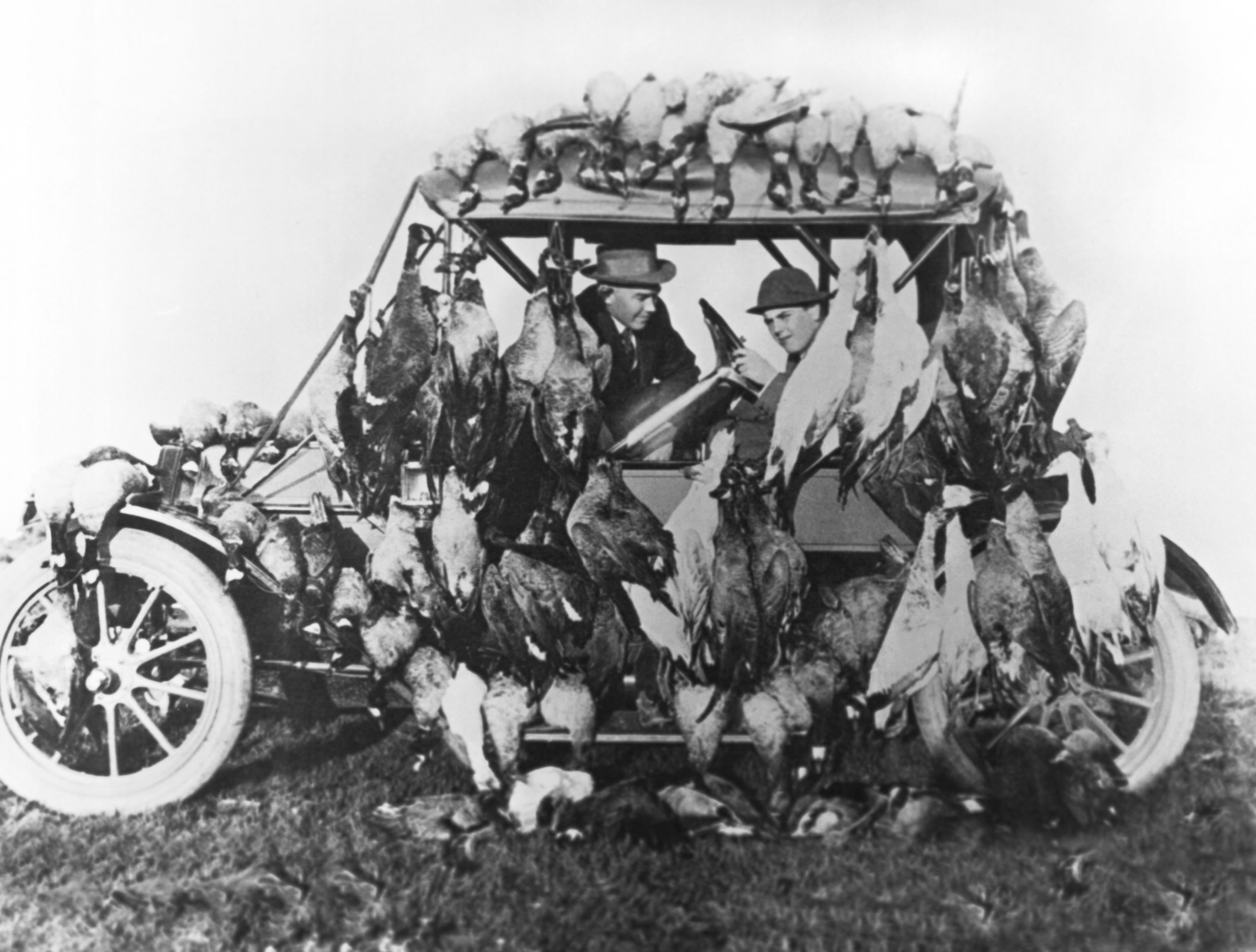
Getty Images: Underwood + Archives
The sad fact of the matter is that we had to learn some lessons about wildlife management here in the U.S., and we did it the hard way. There's a very good reason we have these laws in place today, and that's to protect these animals and the wild places they reside in for future generations to enjoy. If they go unchecked, many people cannot be trusted to do the right thing and only take what they need.
Looking at things another way, those harsh lessons led to some truly great things. Many of our great conservation organizations like Boone and Crockett, the National Wild Turkey Federation, Pheasants Forever, and Quail Forever were originally formed out of necessity. Now they are extremely valuable organizations helping to keep the traditions of hunting alive today. And by keeping hunting alive, we also help fund our vast public lands that allow the public so many chances to hunt, fish, and enjoy the outdoors. I don't know about you, but my life would be a lot more boring if I didn't have the chance to explore a National or State Park every now and then.
Remember those who do not learn from history are likely doomed to repeat it. So, it's important to look back at the how and why of things happened. As long as we do that, all of the game animals and wild areas we all know and love should be around indefinitely.
For more outdoor content from Travis Smola, be sure to follow him on Twitter and check out his Geocaching and Outdoors with Travis YouTube channels.
NEXT: THE AXIS DEER AND HOW THEY'RE IMPACTING PARTS OF THE UNITED STATES
WATCH
